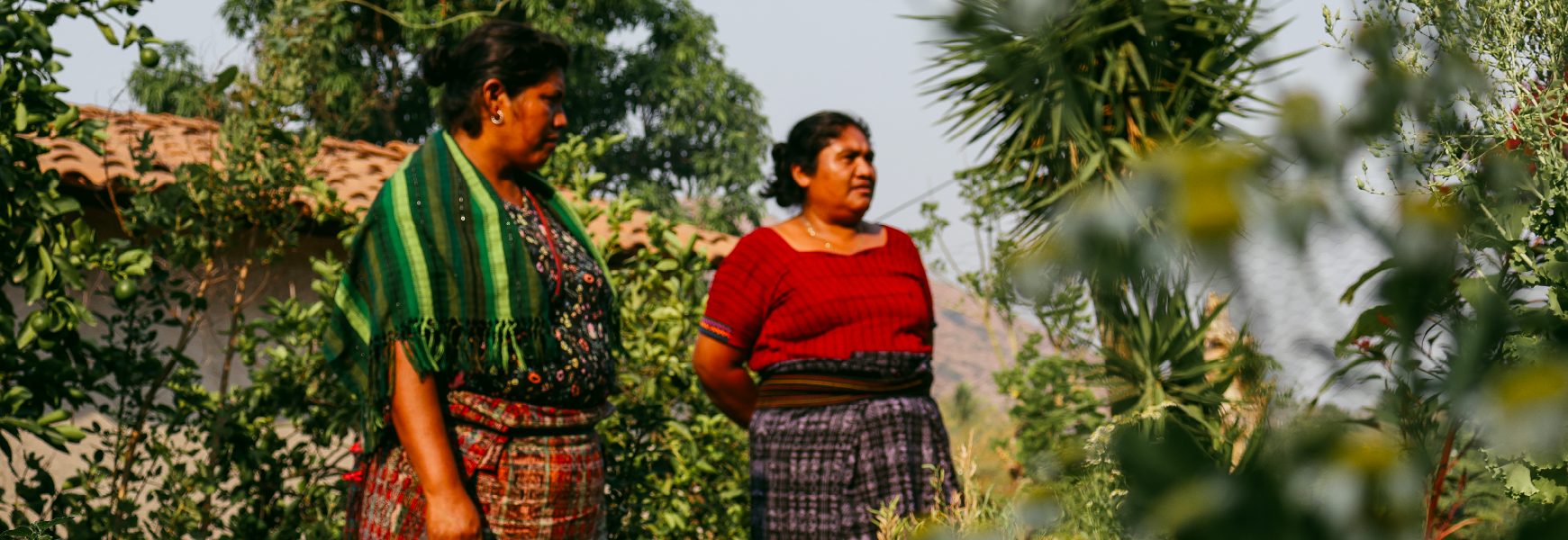Pathways of Hope in the Dry Corridor: Communities Speak on Resilience & Agroecology at the Central American Donors Forum 2024
The Central American Dry Corridor, one of the world's most vulnerable regions to climate change, faces a crisis threatening the lives of millions of people. Yet, amid this adversity, rural communities are leading an inspiring transformation. Through agroecology, the recovery of ancestral knowledge, and political advocacy, these communities are demonstrating that change is possible. During the Central American Donors Forum (CADF) 2024, local leaders shared stories of resilience that showed a path of hope for the entire region.
This article was originally published in Spanish. Read it here.
The Central American Dry Corridor extends from Mexico to Panama, encompassing vast areas of Guatemala, El Salvador, Honduras, Nicaragua, and Costa Rica. It’s home to 90% of Central America’s population, according to the Food and Agriculture Organization of the United Nations (FAO). This corridor is vital for agricultural production and the region’s sustainability but faces a climate and social crisis threatening the lives of millions of people.
Hit by cyclical droughts, this area is deeply affected by extreme weather events caused by climate change. Since 1960, the frequency and regularity of these events have increased, aggravating poverty conditions in the region and threatening the lives of millions of people.
In this context of adversity, the Central American Donors Forum (CADF) in 2024 became a crucial space to highlight local solutions to these challenges. A panel called “Pathways of Hope in the Dry Corridor,” led by Groundswell International, brought together Indigenous community leaders transforming local realities through agroecology, advocacy, and strategic communication. Lesli Juarez, Lilian Marleny, David Paredes, and Unicer Martinez shared stories of resilience and change reflecting how land stewardship and ancestral knowledge are changing landscapes and livelihoods in these vulnerable areas.
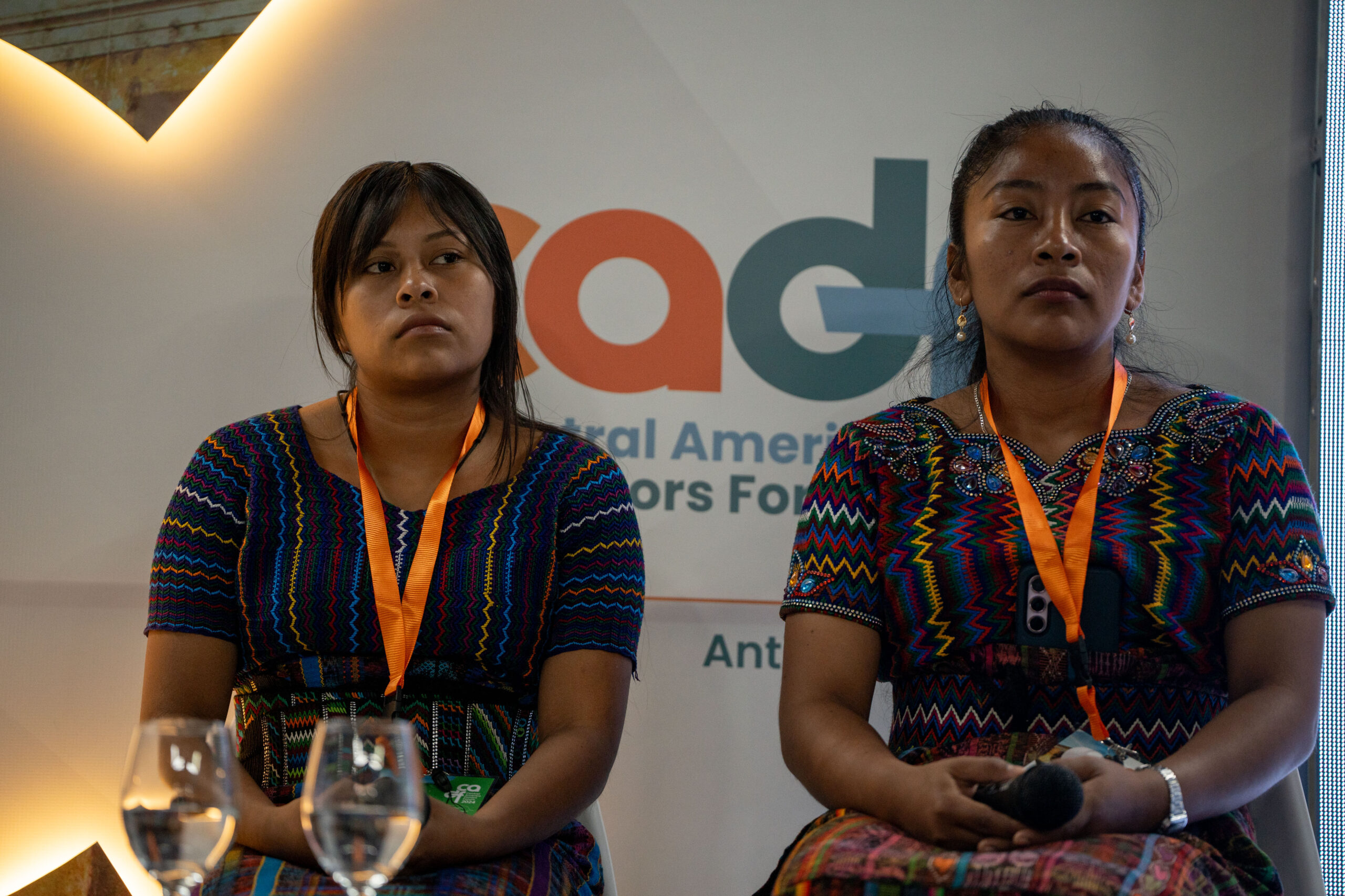
The Dry Corridor is home to over 10 million people, most of whom depend on crops such as maize and beans, essential foods in the local diet. However, the impact of climate change has significantly reduced yields. In the last decade, up to 60% of crops have been lost due to extreme weather events such as prolonged droughts and torrential rains. In Guatemala, Indigenous communities are particularly affected: chronic child malnutrition reaches an alarming 70% in some regions, while more than half of the population lives in poverty.
Lilian Marleny, an agroecological technician with Voces y Manos, works in Rabinal, Baja Verapaz, a Mayan-Achi territory hit by these issues. She noticed rains becoming more and more unpredictable and now views planting as an act of faith. “In my community, families plant hoping that the rains will come on time, but every year, it is more uncertain. We have had to learn to adapt, but that doesn’t mean it’s easy,” she says. To face these challenges, they adopted agroecological practices to cope with unpredictable rainfall and soil degradation. “Our land is our ally, not just a resource. Recovering creole seeds has allowed us to produce food and preserve our cultural identity,” Lilian explained.
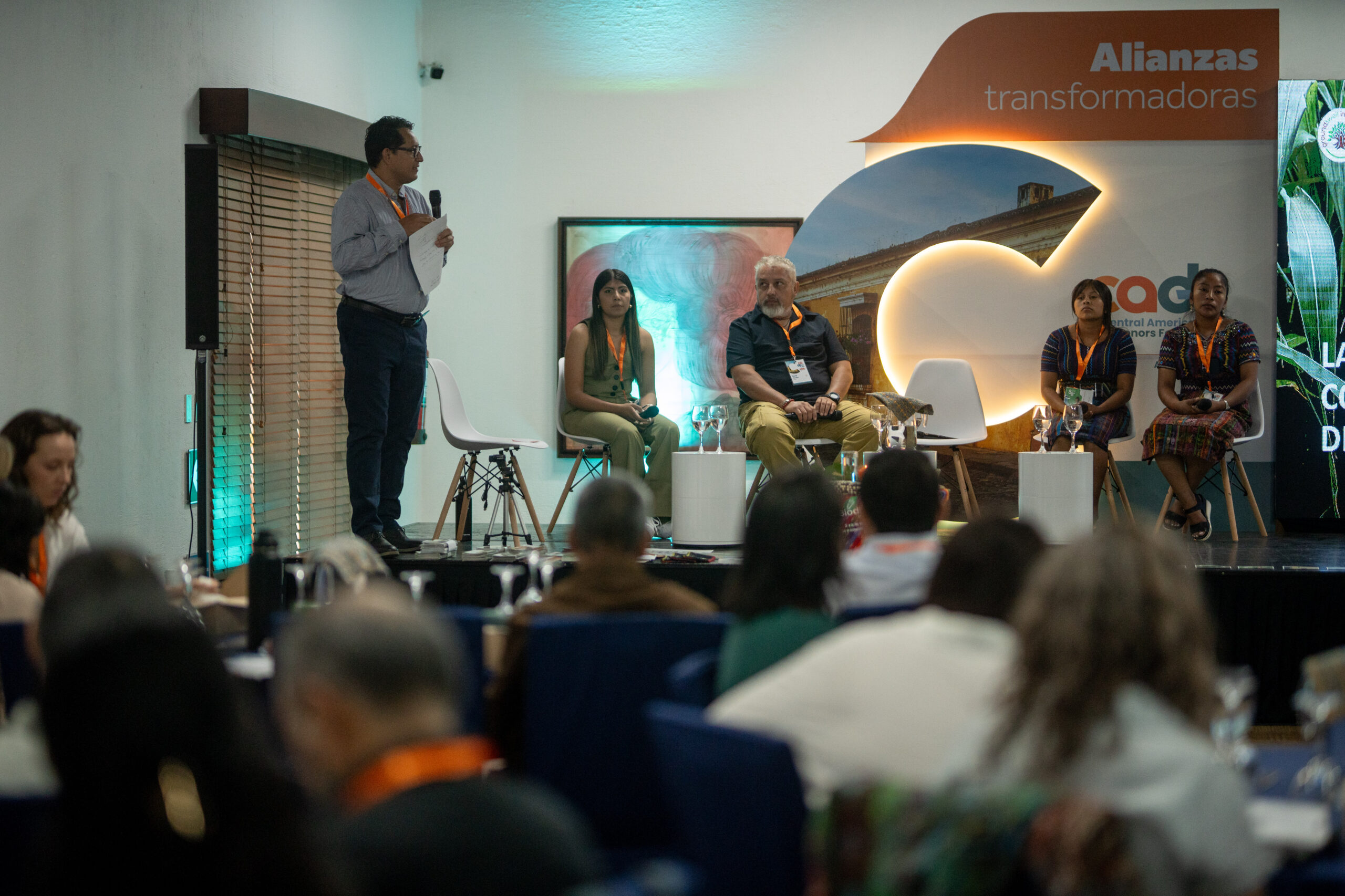
Agroecology not only addresses food insecurity but also promotes soil regeneration and biodiversity. In Guatemala, where 2% of industrial farms control 65% of agricultural land, these practices resist an agroindustrial model prioritizing monocultures for export. David Paredes, coordinator of the National Network for the Defense of Food Sovereignty in Guatemala (REDSAG), emphasized: “The agroindustrial model has exhausted our lands and marginalized our communities. This system benefits a few while leaving the majority in precarious conditions. It is urgent to regain control of our territories and promote fairer and more sustainable models. Agroecology is our way of regaining control“.
REDSAG has promoted public policies that protect native seeds and encourage sustainable agricultural practices. These initiatives have been instrumental in counteracting the effects of climate change in the Dry Corridor, where temperatures have risen an average of 1.2°C over the past 50 years, according to a report by the International Center for Tropical Agriculture (CIAT).
Communities have found a path to regeneration in agroecology. This practice, which combines sustainability principles with traditional knowledge, has proven effective in addressing food insecurity and climate change. Lilian leads initiatives to rescue native and creole seeds, adapting them to local climates and making them more resistant to droughts. These seeds represent a practical solution and a symbol of identity and connection to the land.
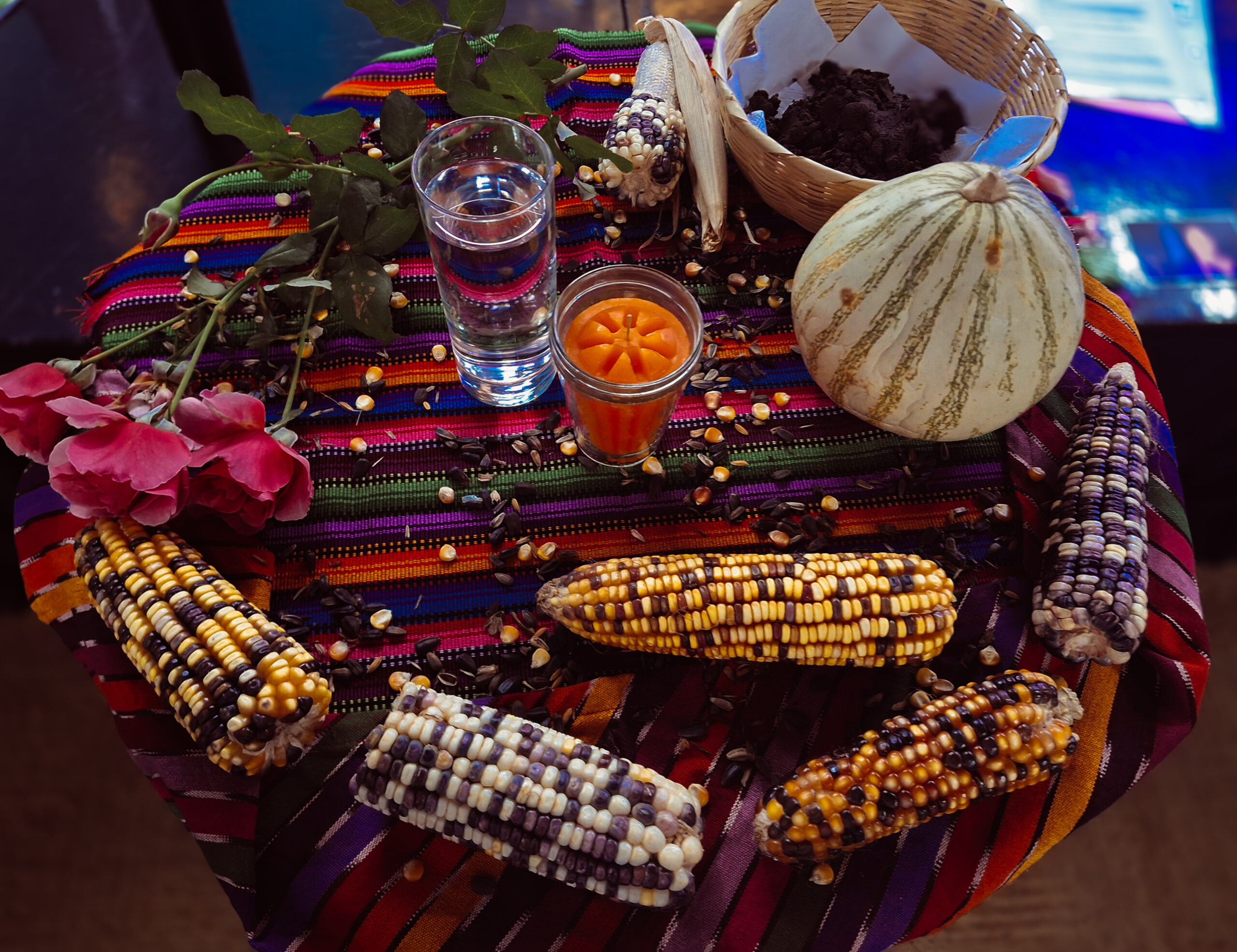
“When we rescue our seeds, we are not only securing our food; we are rescuing our history and dignity,” explains Lilian Marleny.
The impact of these practices is tangible. The use of native seeds can increase crop resilience to adverse climatic conditions by up to 40%. In addition, their genetic diversity strengthens food security by reducing dependence on commercial hybrid varieties, which often require expensive agrochemicals and are not always well adapted to local conditions.
In Honduras, Unicer Martínez, a field technician with the Association of Ecological Committees of Southern Honduras (ACESH), applies agroforestry systems that integrate trees and crops to regenerate degraded soils and improve water retention. “We have seen how these practices create microclimates that benefit the plants and the people. It’s a way of working with nature, not against it,” he says. These systems can increase water retention in soils by up to 30% and capture carbon, thus mitigating climate change’s effects.
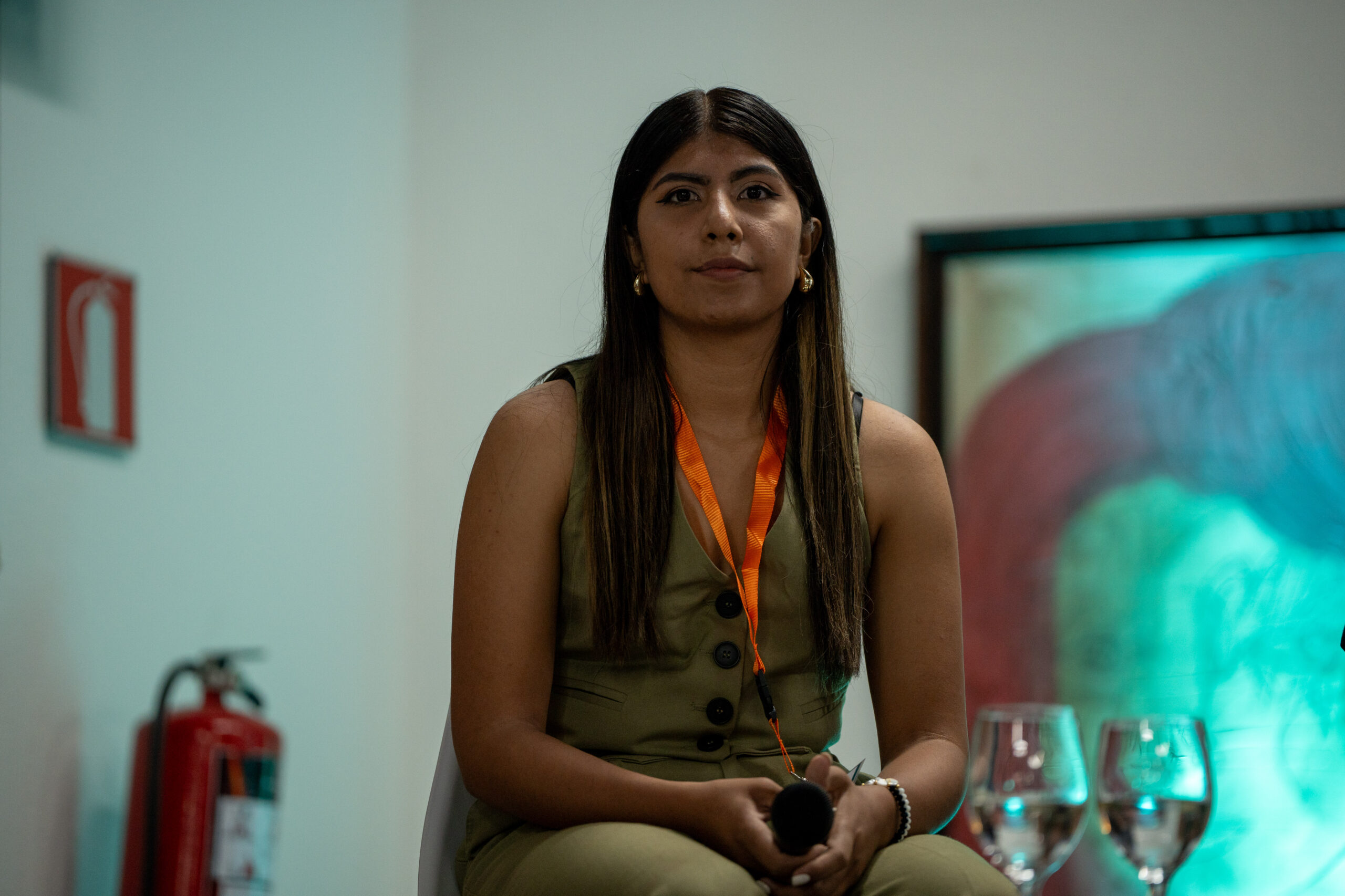
Ancestral knowledge and the farmer-to-farmer methodology have been key to disseminating these practices in the Dry Corridor. Lesli Juárez, a communication promoter at Qachuu Aloom, has trained young people to create agroecological gardens, using bio-inputs and telling the world about agroecology’s impact on livelihoods. “Families can now produce food without chemicals and sell the surplus in local markets, generating additional income and improving their quality of life,” she explains.
In addition, Lesli has used audiovisual tools to document and share these experiences, broadening their impact beyond her community.
“Communication allows us to make our struggles visible and connect with other communities. We are not only telling stories, we are generating change,” she said, noting that the content shared on social networks has motivated more people to adopt agroecological practices.
Although progress is significant, challenges remain. Access to water remains one of the main challenges. In regions such as Baja Verapaz and Choluteca, water scarcity affects both agricultural production and the daily life of communities. Rainwater harvesting and watershed conservation projects are essential to ensure long-term sustainability. Implementing agroecological systems throughout the region could lift many people out of food insecurity in the next decade, but this requires significant investments in infrastructure, access to local markets, and strengthening community networks.
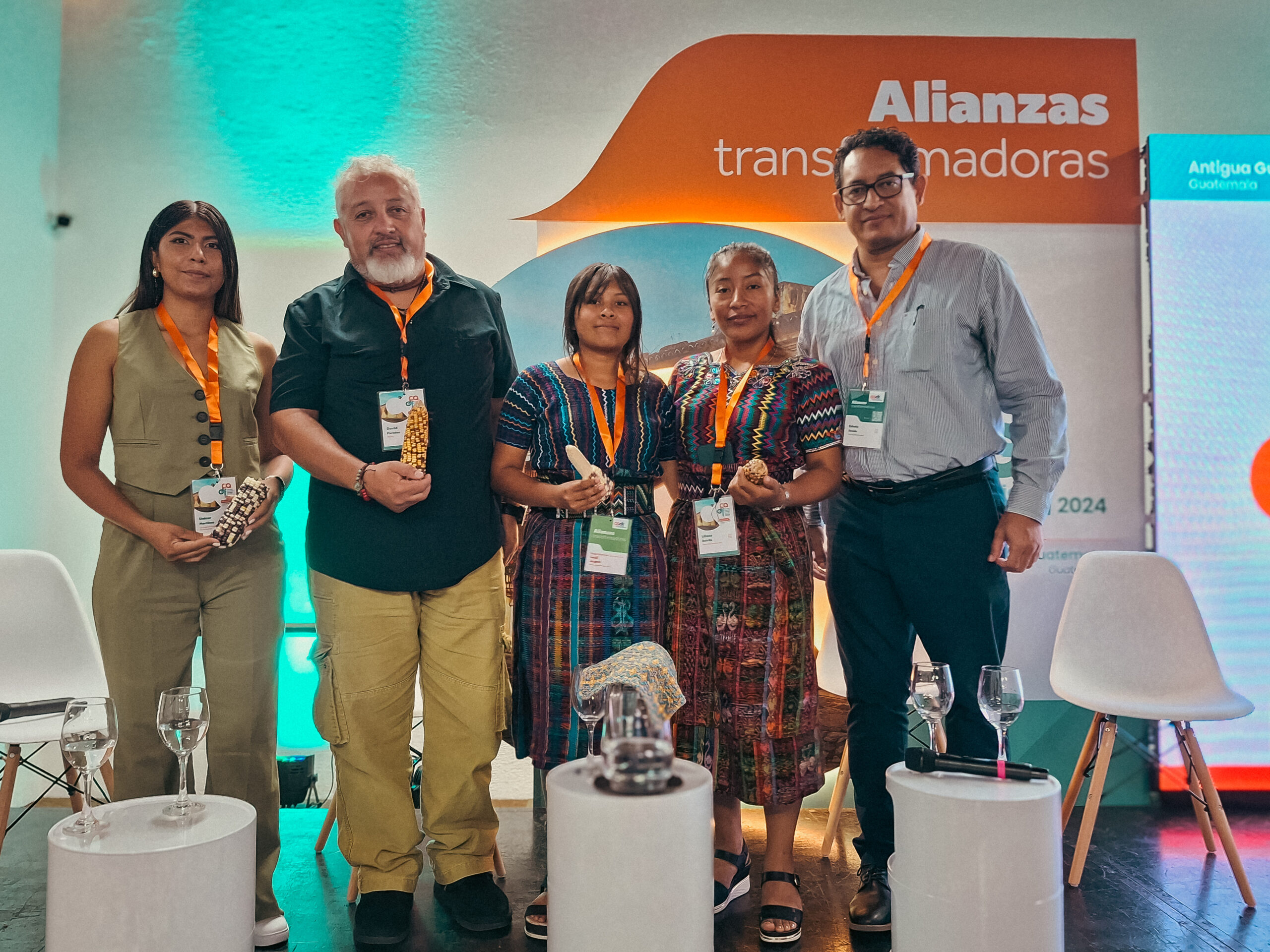
The panel Paths of Hope in the Dry Corridor during Central American Donors Forum 2024 showed that resilience is not an abstract concept but a daily practice that communities have learned to cultivate. “Here we continue, taking care of our land, recovering our seeds, and teaching young people that this path not only feeds us but also gives us a future,” concluded Lilian Marleny.
The stories of Lesli, Lilian, David, and Unicer demonstrate that change starts in the communities. In a world in constant crisis, the Dry Corridor not only resists: it sows the future.
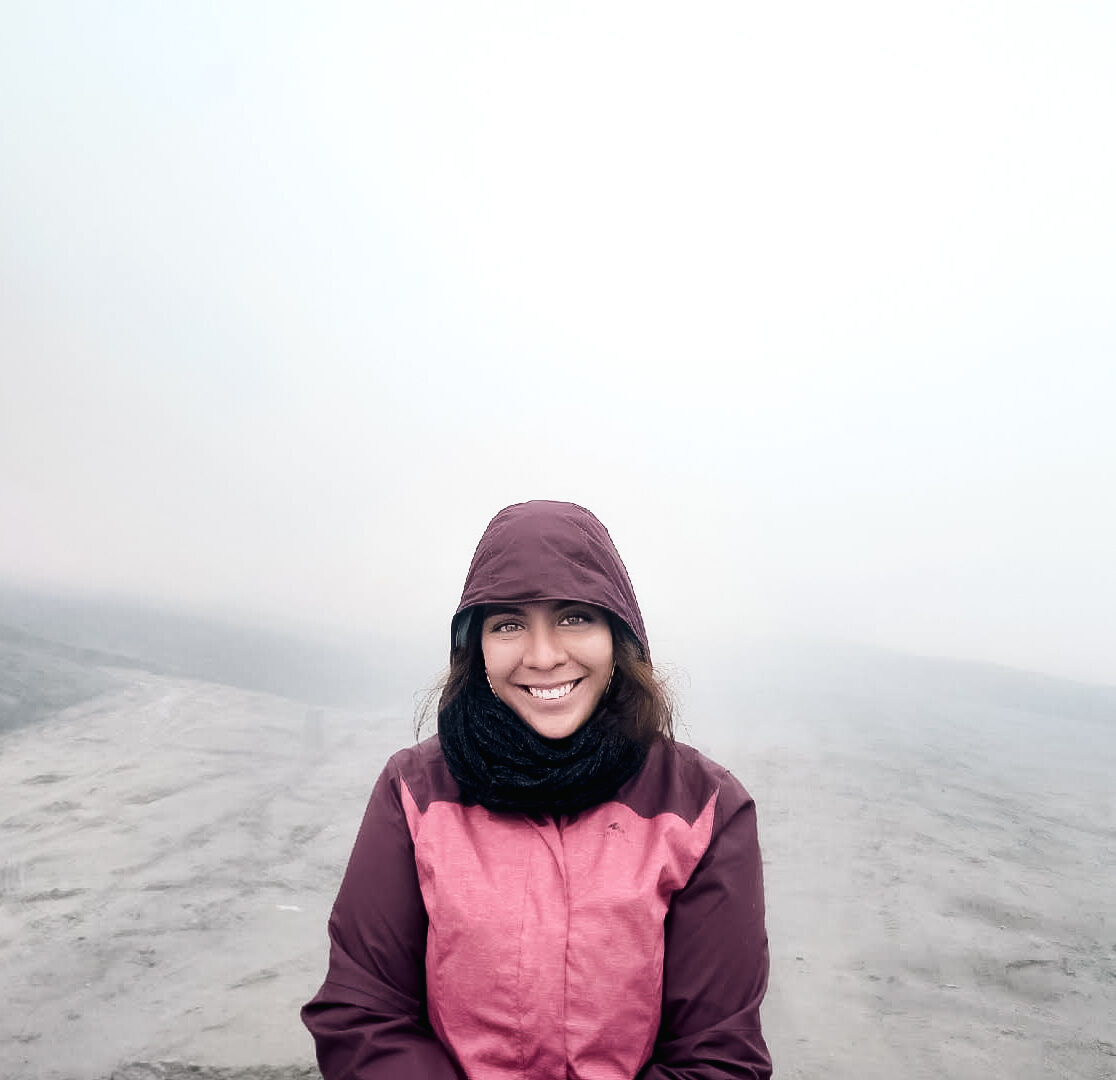
About the author
Luisa María Castaño Hernández
Luisa is Groundswell International’s Communications Coordinator for Latin America and the Caribbean. She has experience in media in different countries, content development in multimedia and print formats, fiction and non-fiction writing and editing. She has played a leading role in the formulation and implementation of communication strategies for projects of institutions working for the preservation of cultural heritage and biodiversity, the strengthening of education and the integration of migrants. She has also participated in the development of museographic scenarios, curating exhibition cycles and educational experiences in art and science museums. She is a journalist, artist, and has a Masters in Humanistic Studies.

